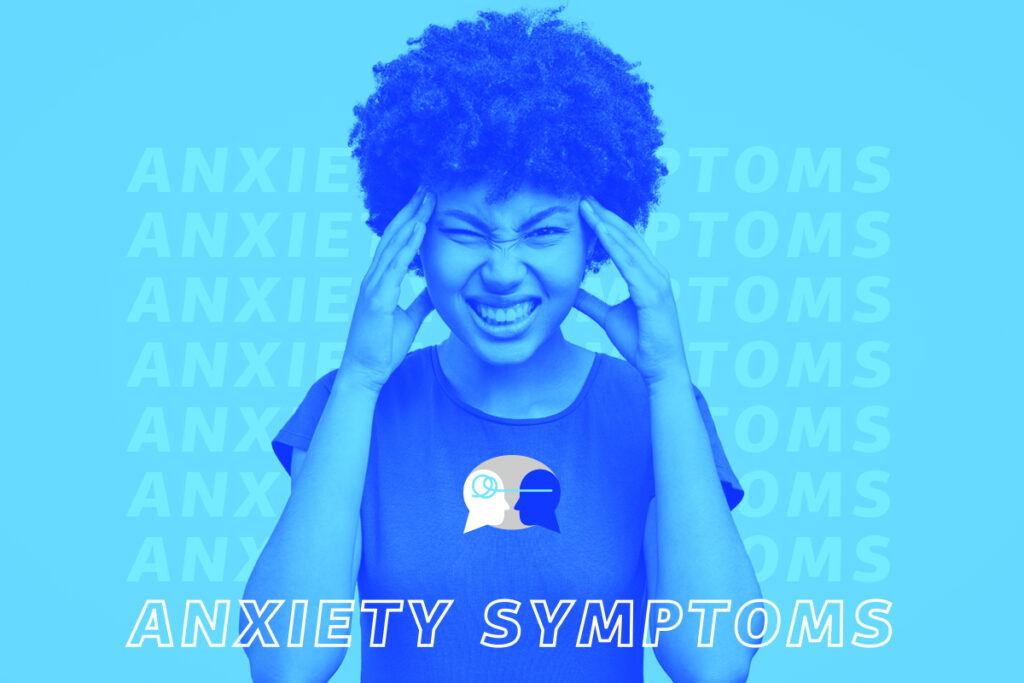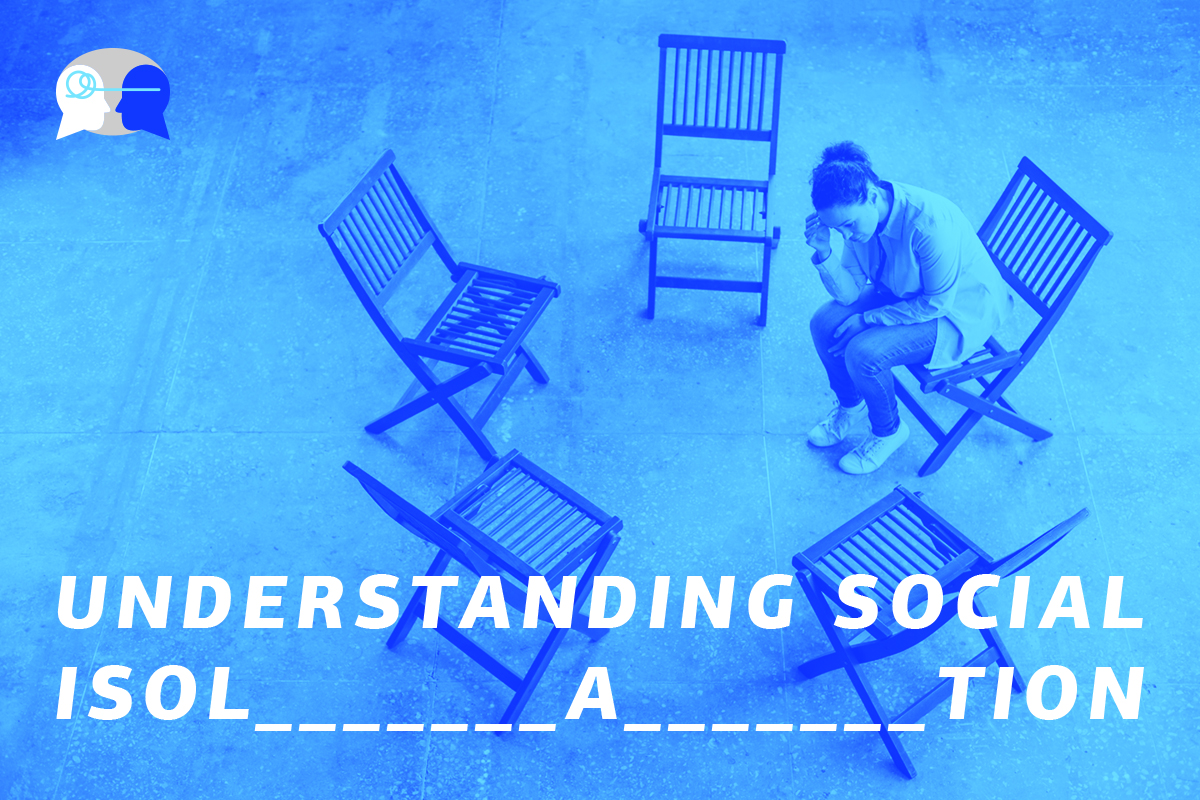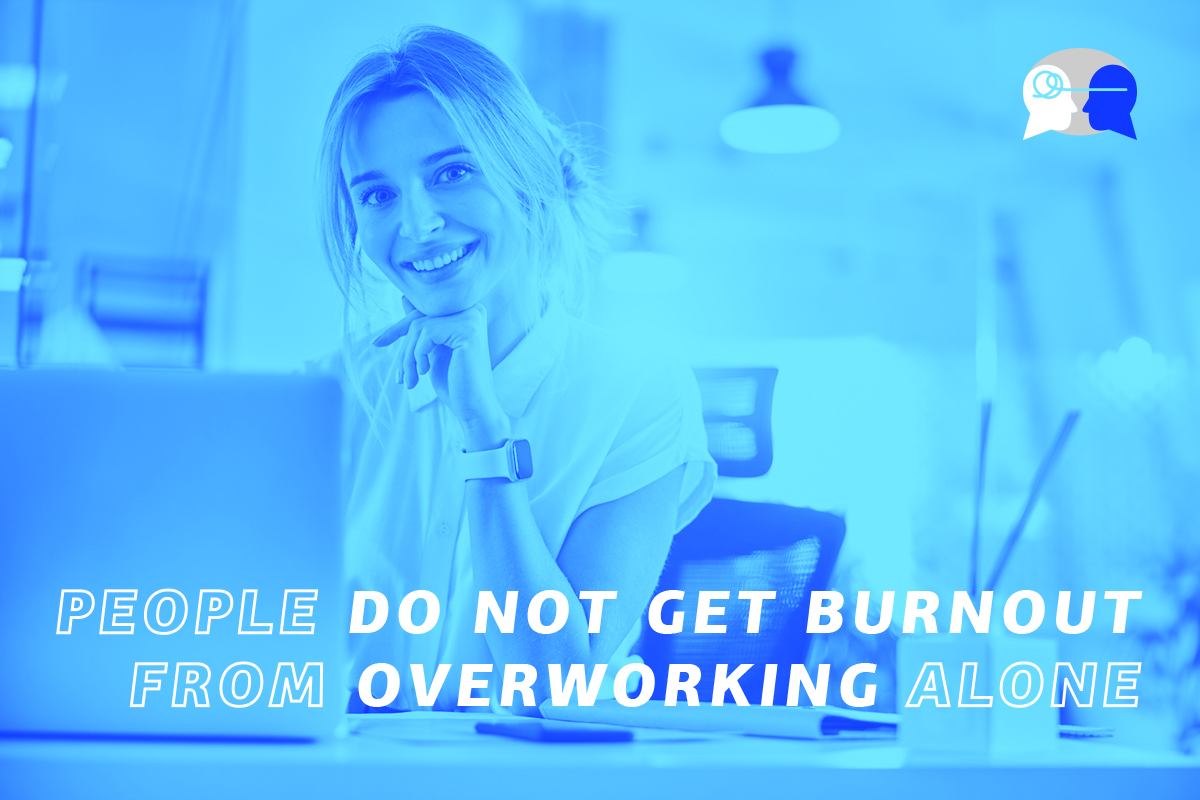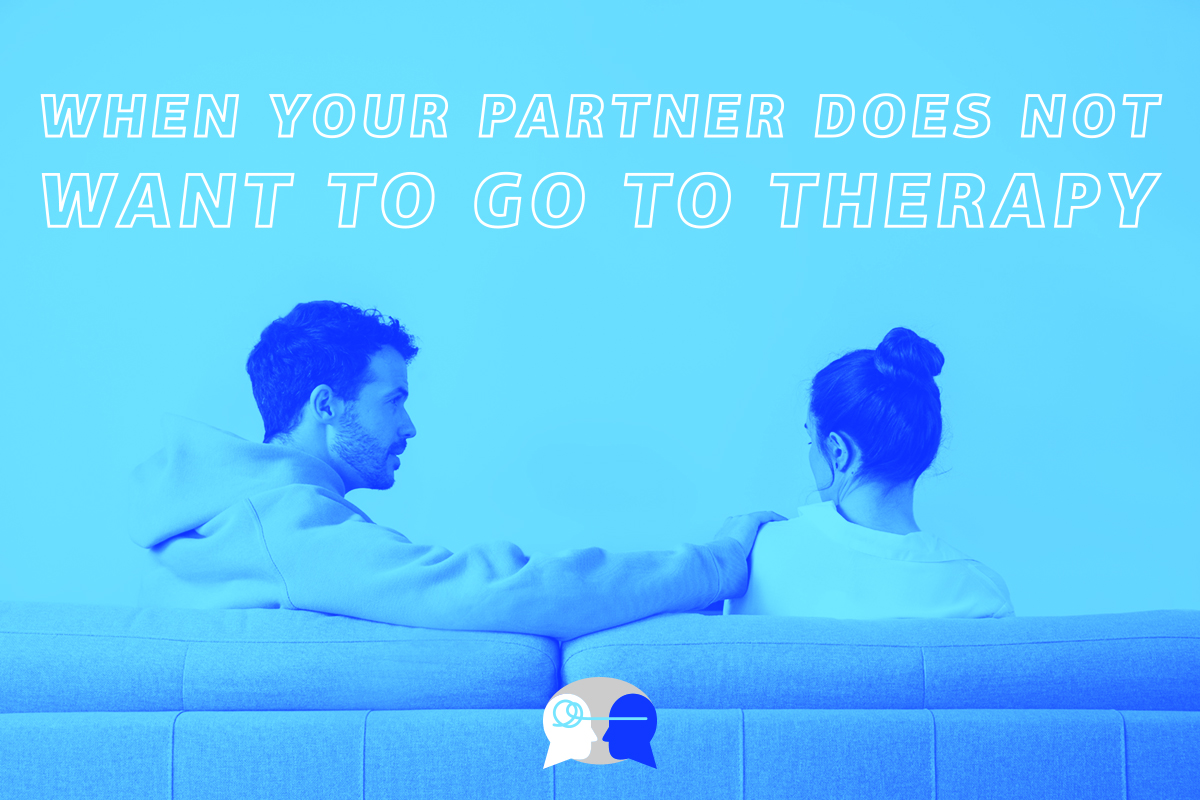Outline:
0. Introduction
1. Understanding Anxiety: From Feelings to Disorders
2. Anxiety Signs and When They Appear
3. The Ripple Effect: What Anxiety Can Cause
4. Unravelling the Causes: Triggers Behind Anxiety
5. Navigating the Storm: Tips for Dealing with Anxiety
6. Treatment of Anxiety disorders
Introduction: Anxiety Disorders
Anxiety disorders are among the most common mental illnesses affecting people worldwide. Various types of anxiety disorder exist, each with unique symptoms and causes. The Institute of Mental Health (Singapore) and other research organizations like the National Institute of Mental Health (USA) conduct clinical research to better understand these disorders. Beyond Blue, a mental health organization, also provides resources and community support for those suffering from anxiety disorders in adults as well as in children. They advocate for comprehensive mental healthcare that addresses both the mental and physical aspects of these disorders.
Types of disorders
- One commonly diagnosed type is generalised anxiety disorder (GAD), characterized by chronic worry and tension. People with this disorder often experience symptoms of anxiety disorder such as difficulty concentrating, pounding heart, and physical symptoms like chest pain. Symptoms of GAD specifically may also include pins and needles sensations. Social anxiety disorder, also known as disorder social, impacts individuals in social situations, making them avoid situations where they feel exposed or judged.
- Another form, separation anxiety disorder, generally manifests in children but can affect adults too. On a more severe scale, posttraumatic stress disorder (PTSD) and stress disorder often result from traumatic events. These disorders share some symptoms with other types of anxiety, like intense fear and heightened levels of anxiety.
- Obsessive-compulsive disorder (OCD), involves intrusive thoughts and repetitive behaviours. Individuals grappling with panic disorder face sudden, overwhelming bouts of intense anxiety and anxiety attack. Symptoms often include racing heart, shortness of breath, and a sensation of losing control.
- In the realm of mental disorders, specific phobias involve an exaggerated fear of particular objects or situations. Social phobia, another type of anxiety disorder, manifests in extreme nervousness in social settings. A less commonly known condition is selective mutism, where individuals find it incredibly difficult, if not impossible, to speak in certain social contexts.
- Separation anxiety and separation anxiety disorder are commonly seen in children but can also affect adults, often in response to significant life changes or stressors.
- The symptoms of GAD (Generalized Anxiety Disorder) are broad and can often be mistaken for other mental health conditions. Social situations can become overwhelmingly stressful for people with social anxiety disorder, leading them to avoid situations that trigger their anxiety. Learning stress management techniques can be beneficial for tackling such types of anxiety.
Another vital aspect of anxiety is physical health. There is a strong correlation between physical symptoms and mental well-being, and maintaining a healthy lifestyle can significantly reduce levels of anxiety. Regular exercise and a balanced diet can work alongside medications and cognitive therapies to alleviate anxiety disorder symptoms. People with anxiety disorder exhibit disorder symptoms often physical sensations like pins and needles, dry mouth, and heart palpitations. This reflects the deep-rooted connection between mental and physical health.
1. Understanding Anxiety: From Feelings to Disorders
Everyone has experienced an anxiety feeling at one point or another in their lives. This feeling might be brief as the nervousness experienced before giving a public presentation, or overwhelming as the continuous unease in the anxiety disorder in adults. But what are the anxiety feelings and how do they vary from person to person?
Millions of people throughout the world suffer from a range of anxiety disorders, from social anxiety disorder to panic disorder. Although many people experience anxiety on occasion, persistent and severe and overwhelming feelings of anxiety may indicate a more serious issue.
People who suffer from social anxiety, which is also referred to as social phobia, may find common social interactions extremely upsetting and avoid them. They could be afraid of criticism, examination, or simply simple encounters. The widespread use of social media has its own set of challenges, including the potential for it to amplify feelings of inferiority and comparison, which can worsen anxiety for some individuals.
Another severe manifestation of anxiety is a panic attack. An individual experiencing a panic attack may feel extreme fear or discomfort, along with symptoms that resemble a heart attack. The uncomfortable feelings include a racing heart, trembling, and a sense of impending doom.
We should keep in mind that anxiety can affect anyone, and often, traumatic experiences or major life transitions can act as triggers. However, not everyone who experiences such things, nevertheless, will end up with an anxiety disorder. Our susceptibility is influenced by a variety of factors, including our nervous system, heredity, mental health, and even our lifestyles.
It can be beneficial for loved ones to understand and recognize these symptoms. Ignoring or misinterpreting these signs could unintentionally make the person’s condition worse. Regular health care check-ups, engaging in a healthy lifestyle, and seeking help when needed are paramount.
Anxiety and other problems often coexist. For example, bipolar disorder may coexist with a type of anxiety, complicating the diagnosing process. Fortunately, several treatment options, including anxiety medication and therapy, are available. Clinical trials have also cleared the door for innovative treatments, giving hope to individuals in need.
2. Anxiety Signs and When They Appear
Recognizing anxiety signs is critical both for the person experiencing them and those around them. Anxiety signs are diverse, and while they are widespread, the time of their onset might vary significantly.
A lot of people may experience anxiety in the morning and it can be very difficult for certain individuals. The thought of facing the day and its potential challenges can provoke symptoms. It’s not uncommon to wake up with a sensation of dread or anxiety, even before the day has started. This can be an extension of generalized anxiety, in which a person experiences a continuous, broad sense of worry for no apparent reason.
Others, on the other hand, may find anxiety at night more disturbing. The stillness of the night may produce a rush of ideas as they try to relax, making relaxation difficult. The peaceful darkness can sometimes aggravate anxiety symptoms, making bedtime a terrifying and challenging situation.
Panic attacks, a severe form of anxiety, can occur at any moment, whether in a busy setting or in the privacy of one’s own home. The unpredictability of their occurrence can make them more distressing.
Symptoms such as shortness of breath, or a sense of impending doom can be overwhelming. While these are more visible and immediate symptoms, social anxiety has its own set of symptoms. Key signs include a strong fear of social interactions or a persistent fear of being criticized or embarrassed in public situations.
It’s also worth knowing that common anxiety symptoms can be confused with other medical disorders. Because bodily symptoms often overlap, it is essential for people with anxiety to explain their feelings accurately to medical professionals.
Various interventions might provide help to people suffering from anxiety. Meditation and deep-breathing exercises, for example, can help reduce the severity and frequency of symptoms. Gestalt therapy, art therapy, cognitive behavioral therapy, and other types of treatment have proven to be very effective in assisting individuals in identifying triggers and developing coping skills.
Understanding and diagnosing anxiety symptoms can help us and others around us seek appropriate and effective remedies.
3. The Ripple Effect: What Anxiety Can Cause
While anxiety is frequently dismissed as a simply emotional response, it can have serious physical, emotional, and social consequences. When anxiety goes unchecked, it may have an impact on many aspects of our lives, from our interactions on social media to the very core of our well-being.
Anyone who feels anxious on a regular basis is dealing with daily challenges. The difficulties in managing daily activities can be daunting. Moreover, social anxiety can lead to avoidance of frequent social encounters. This could be shown as a reluctance to share or engage on social media as well as a refusal to attend public events or gatherings.
Consistent tension and heightened alertness in our bodies can have serious consequences. Blood pressure may show random rises, which is especially concerning for those who are predisposed to hypertension. There have also been studies that suggest a possible link between chronic stress and health issues such as breast cancer, although more research and clinical trials are needed to establish definitive connections.
While not everyone who experiences feelings of anxiety will develop additional health problems, there is evidence suggesting that anxiety can be a trigger factor for certain disorders. For instance, some research suggests a possible link between high stress levels and the aggravation of psoriatic arthritis.
Furthermore, people with anxiety may find it difficult to understand and deal with big life events, turning manageable situations into overpowering catastrophes. Their daily life can be a series of obstacles, with seemingly easy tasks evoking enormous distress.
However these days, the importance of well being and mental health is recognized as a crucial part of our everyday lives. The increase in accessible health information has made it easier for people to seek help. There are numerous therapeutic techniques available, ranging from cognitive behavioral therapy and behavioral therapy to more holistic approaches such as gestalt therapy. All of them try to offer individuals with tools and coping mechanisms to help them better understand and manage their type of anxiety.
Stress management courses, which are widely recommended by many health care professionals, offer ways for dealing with stress and anxiety more effectively. They are frequently essential resources, particularly for those whose anxiety appears in extreme forms such as panic attacks.
When it comes to recognizing the possible effects of untreated anxiety, the need of early intervention and the value of getting help, whether from professionals, loved ones, or both, cannot be overstated.
4. Unravelling the Causes: Triggers Behind Anxiety
Understanding anxiety often begins with identifying its root causes. Individuals can experience anxiety due to a variety of circumstances ranging from personal behaviors to external influences.
For many people, the workplace is a major source of stress. Anxiety at work is very common, particularly in high-pressure environments, or professions with major responsibilities. Deadlines, interpersonal interactions, and the sheer weight of tasks can all contribute to an overwhelming sense of peril.
Relationships, while essential to human experience, aren’t exempt from causing distress. Anxiety in relationships might come from fear of commitment, distrust, or past traumas that are affecting present dynamics. When a relationship experiences significant changes, the anxiety may be amplified, with separation anxiety becoming prevalent when one fears the probable end or distance in a relationship.
Personal habits and choices might also have an impact. The use of stimulants, for example, is a known trigger for some people. Because of the caffeine level, anxiety from coffee may cause feelings of restlessness or heightened awareness, making relaxing difficult. In contrast, the anxiety-alcohol connection is complex. While some people use alcohol to temporarily alleviate anxiety, it frequently backfires. Alcohol can depress the central nervous system, causing anxiety symptoms to develop after the effects wear off. The aftermath of alcohol consumption can lead to anxiety from hangover, with feelings of unease, guilt, or even physical discomfort.
Fear or anxiety about sleeping can arise for a variety of causes, including fear of nightmares, insomnia, or even the simple act of lying in silence with one’s thoughts. This type of anxiety can spiral, with the lack of sleep further intensifying the feelings of distress.
Again, understanding the causes of anxiety, might show the way for more effective coping strategies and interventions. Recognizing patterns, such as the use of particular drugs or the presence of certain situations that are triggers, allows for proactive management and, in many cases, a reduction in the intensity and frequency of anxiety episodes.
5. Navigating the Storm: Tips for Dealing with Anxiety
It’s critical to realize that you’re not alone when dealing with anxiety. Millions of people around the world struggle with anxiety in its various forms, and many coping mechanisms have arisen over time to aid with this often overwhelming emotion. Here’s a detailed guide with tips on how to address and manage anxiety:
- Knowledge is Strength: Recognize your anxiety. Recognize the patterns and triggers. Noticing when and why you become anxious might help you forecast and prepare for future episodes.
- Meditation and mindfulness: Embracing techniques like meditation can help you to ground yourself by focusing on the present moment. It assists in removing yourself from distressing ideas and allows for a mental “reset.”
- Stay Active: Physical activity, such as a brisk walk, yoga, or a gym session, can help in the release of endorphins, the body’s natural mood lifters.
- Stimulants should be limited: If you’ve discovered a link between coffee consumption and anxiety, try cutting back or eliminating your intake. Similarly, be mindful of the anxiety-alcohol link, as drinking can frequently increase anxiety symptoms over time.
- Establish a Routine: Having a structured day can provide a feeling of normality. It can be as simple as setting a regular wake-up time or planning meals.
- Stay Connected: Talk to someone you trust about your anxiety, whether it’s friends, family, or a professional. They might offer a new perspective or just a listening ear.
- Set Clear Boundaries: If anxiety at work is a trigger, establish firm boundaries. It might be as simple as turning off email notifications after a set hour or taking frequent breaks.
- Sleep Well: Make proper sleep a priority. A regular sleep pattern, a pleasant sleeping environment, and behaviours such as reading before bed instead of screen time can make a big difference.
- Professional Help: Consider a psychologist or a psychotherapist as they offer coping techniques tailored to your individual experience with anxiety.
- Avoid Negative Triggers: If certain situations or stimuli, like specific social media platforms, heighten your anxiety, consider reducing exposure or finding alternatives that make you feel more at ease.
- Stay Informed, Not Overwhelmed: While staying updated (especially in today’s fast-paced world) is essential, consuming too much negative news or overly frequent checking can increase feelings of anxiety. Set specific times for these activities or take breaks when needed.
- Practice Gratitude: Keep a gratitude journal. Documenting things you’re thankful for can shift focus from anxiety-inducing thoughts and cultivate a more positive mindset.
Living with anxiety can be challenging, however, it is important to remember that every person is born with the ability to overcome, adapt, and grow. While this journey is not without its difficulties, it also provides possibilities for significant self-discovery and personal growth. When in doubt, remember that requesting help is a sign of strength, not weakness. Reaching out not only provides support, but also illuminates the route for others. There is always hope, and with the correct tools, tactics, and support system in place, we can grow and emerge stronger, more enlightened, and more connected to our real selves and environment.
6. Treatment of Anxiety disorders
Managing these conditions often requires a blend of psychological therapy and treatment for anxiety, typically overseen by mental health professionals. Beyond medications and therapy, stress management techniques like mindfulness and relaxation exercises can help individuals feel anxious less frequently in daily life. The intricacies of mental illness are yet to be fully understood, and ongoing clinical research is essential for developing more effective treatments. Organizations like the National Institute of Mental Health play a pivotal role in this. Addressing the issue is never a one-size-fits-all solution.
Treatment plans must be tailored to each individual’s specific condition and may include antianxiety medication, psychological treatments, or a combination of both. For those dealing with posttraumatic stress disorder (PTSD) or stress disorder arising from traumatic events, treatments may include trauma-focused cognitive-behavioral therapy (CBT) or Gestalt Therapy.
To treat anxiety effectively, mental healthcare professionals often use cognitive behavioural therapy (CBT), among other psychological treatments. Therapy CBT is also used to treat anxiety and depression, illustrating the overlap between different mental health conditions. Antianxiety medication is another option, often included in a comprehensive treatment plan tailored to individual needs.
Gestalt therapy, focuses on the individual’s experience in the present moment, and can be a valuable approach in treating anxiety disorders. Unlike traditional cognitive behavioural therapy, Gestalt doesn’t focus solely on thoughts and behaviours but also incorporates emotional and physical experiences. It can help individuals become aware of their immediate needs, sensations, and feelings, aiming to provide a holistic understanding of oneself. Clients learn to recognize their triggers for anxiety and depression, and through this self-awareness, they gain control over their symptoms. In essence, Gestalt therapy can help people with anxiety disorder to understand the root causes of anxiety, face unresolved issues, and ultimately enable them to live a more balanced life.
As we see a societal shift towards understanding the importance of mental well-being, there’s hope that stigmas associated with anxiety and depression, as well as other mental illnesses, will continue to fade, allowing more people to seek help and live healthier, more fulfilling lives.





